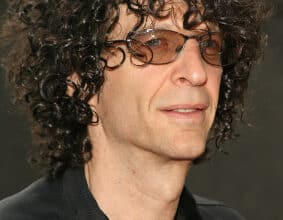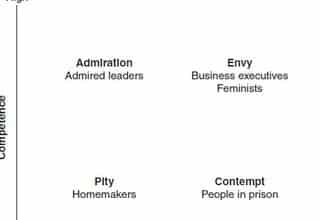When people talk about how leaders can influence others, they often miss one crucial element – the personal touch. If you want people to seek your guidance and take your direction, nothing bets a personalized message. In his new HBO documentary, Will Ferrell illustrates how we can accomplish this simple feat.
On Ferrell Takes the Field, Will Ferrell participates in the 2015 baseball spring training. And when I saw “participate,” this not a passive term. We follow Ferrell as he plays ten positions for ten Major League teams in ten one-day stints. What stands out, aside from the unsubstantiated confidence he brings to most of his characters, is how involved Ferrell gets with the players. He asks questions, shares in their pre-game rituals, and gains their respect as he humorously tries to secure a place on the team.
They say nothing’s more American than grabbing a hot dog, heading to the ballpark, and watching nine guys from the Dominican Republic make magic on the field. But you know what? Today I learned they are wrong. Make that eight Dominicans, and one guy from Irvine, California.
The “Ferrell leadership approach” is a surefire tactic to provide an intimate level of service to those on your team. It shows that you are interested in them and are not “too good” to do their work. There’s also an air of humility that you are willing to show your vulnerabilities as you flub through their daily chores.
Unfortunately, as effective as the Ferrell approach may be, your responsibilities don’t always allow for so much one-on-one time. For these occasions, you’ll need 50 cents and some practically-applied research.
According to a study by Randy Garner at Sam Houston State University, one of the most successful ways to get buy-in is by attaching a sticky note. This everyday office supply adds the personal touch needed to persuade and prompt someone to do something. In Garner’s experiment:
- Group 1 received a survey with a sticky note attached asking for the return of the completed survey.
- Group 2 received a survey with the same handwritten message on the cover letter instead of an attached sticky note.
- Group 3 received a survey with a cover letter, but no handwritten message.
The results were astounding. Without a letter or handwritten message, only 36% of the surveys were returned. The cover letter garnered a 48% return rate. Conversely, the surveys with a handwritten sticky note were returned by 76% of the participants. That’s a significantly leap and is far above the average survey return rate. If this doesn’t impress you, the surveys with a sticky note were returned on average two days faster and had more comments to open-ended questions with more words.
As leaders, we may not need surveys completed, but we do need work completed. The handwritten sticky note gives the impression that you are communicating with another important person. This makes the receipt feel good, creates a sense of connection, and instills a willingness to help get the job done. Meanwhile, it gets the work done faster, better, and with a greater sense of engagement.
Writing a few sticky notes takes little to no time. It can be a simple “thank you,” “good job,” or “congratulations.” It is also less expensive than a greeting card, more effective than a text, and less time consuming (although also less fun) than doing one-day stints in each of their jobs.







